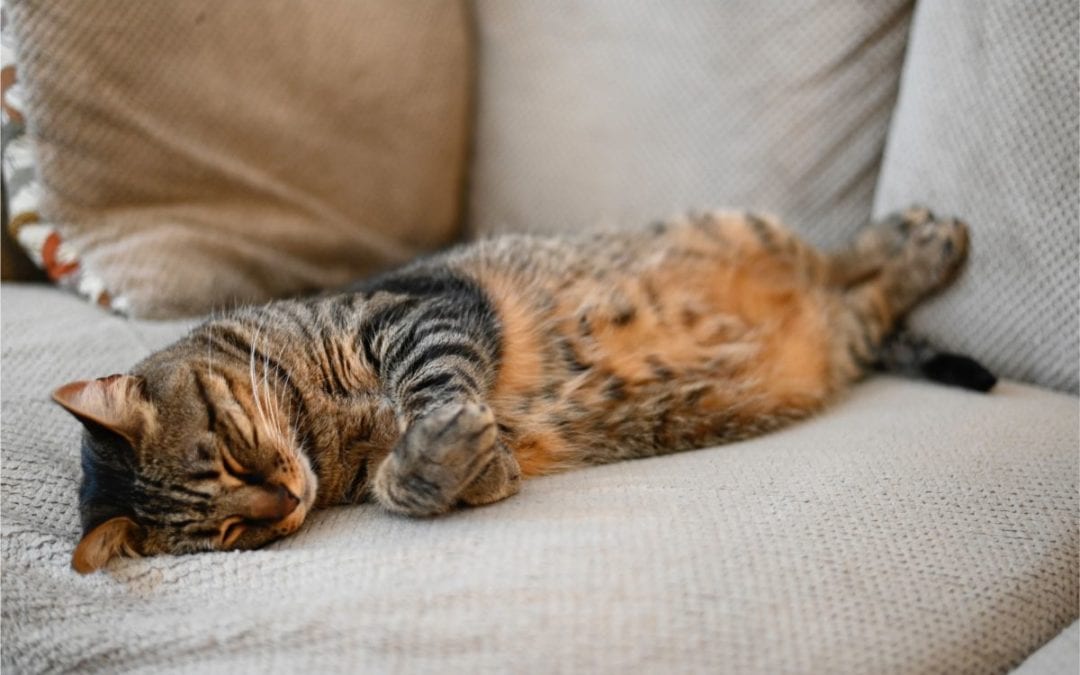Cats: Some are independent; some love attention. Some want to be held; some prefer to be left alone. Some have long hair; some have short hair or no hair at all. But one thing all cats have in common: They’re born with the innate need to scratch. Here, we will explain why cats scratch and how to combat this behavior.
Why do cats scratch?
Cats are hardwired to scratch. It’s a way for them to communicate with one another visually and via scent. Scratching helps to remove the dead outer layer of a cat’s claws, it helps them to mark their territory by leaving a visual mark and a scent, and it allows them to stretch their bodies.
How do you change a cat’s scratching behavior?
Scratching is a natural, instinctive behavior for cats. Rather than discouraging your cat from scratching completely, you should encourage your cat to scratch appropriate objects, like scratching posts. But how do you encourage appropriate scratching?
First, observe your cat to determine what he prefers to scratch, when he scratches the most, and how he scratches. Most cats prefer textured or coarse surfaces. Some cats scratch when they’re excited, or when they wake up, or when they’re trying to mark their territory. Some cats like to stand up against a vertical surface (like a couch), while others prefer being horizontal with their butts in the air while they stretch and scratch a low surface (like an area rug).
Once you’ve identified your cat’s scratching preferences, it’s time to offer an attractive alternative scratching option. An ideal scratching post will be about 3 feet tall and sturdy—something that won’t topple over when he uses it. Many cats like sisal textile on the surface of the scratching post.
To get your cat to begin using the post, initially put the post where your cat prefers to scratch and reward him with praise and/or treats when he uses the post.
Some products can be rubbed or sprayed onto the post to encourage your cat to use it, including catnip. A new product, called Feliscratch, is a pheromone spray that also includes catnip and a blue-colored dye. The dye, pheromone, and catnip combination makes it look and smell like a cat has already scratched on the post, and makes it a desirable spot for your cat to scratch.
Call our office if you have questions or concerns about your cat’s scratching behaviors.

